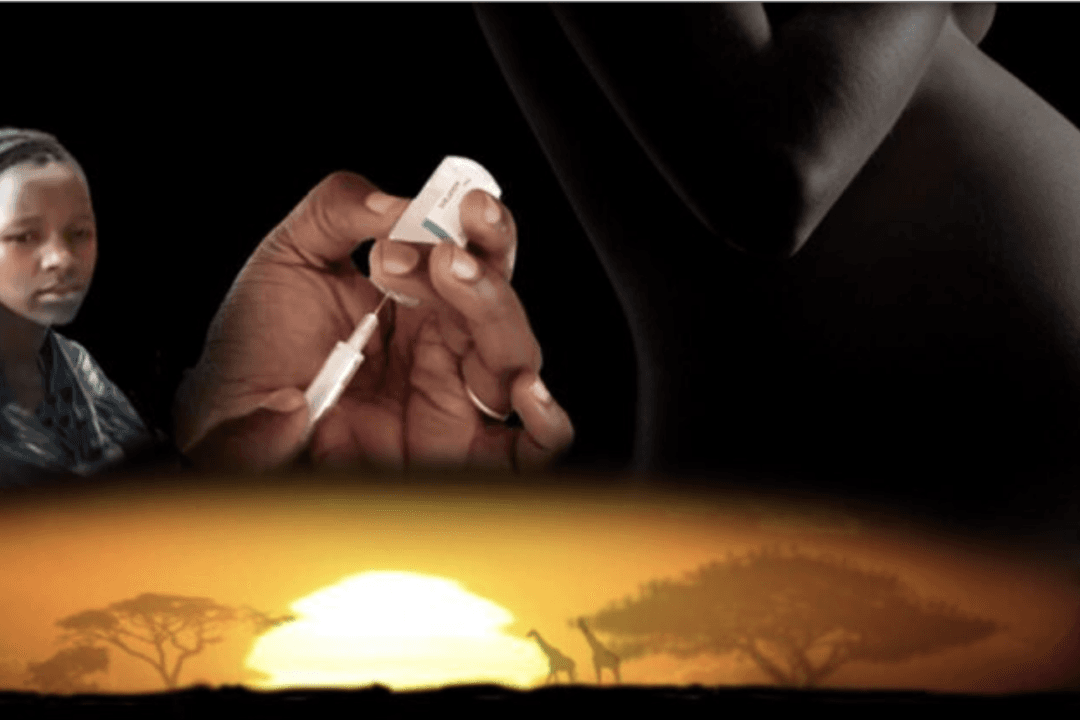In 2014, a top Mayo Clinic researcher admitted something that rarely gets acknowledged: vaccines “work differently” for each of us. Investigating the potential relationship between demographic factors and people’s immune response to rubella vaccination, the researcher discovered that African Americans produce more rubella antibodies than other racial/ethnic groups and “maybe” only need “half the size dose [of vaccine] that we give to Caucasians.”
These “really important” findings have bombshell implications for vaccine delivery, vaccine design and vaccine safety. Although one might expect vaccine scientists to let the public know that current one-size-fits-all vaccine policies could be “adding…potential risk by giving [them] double what [they] actually need,” there is little indication that any such word has trickled down. Instead, U.S. legislators and public health officials are moving in the opposite direction, doubling down on strategies to make vaccination compulsory for all.





